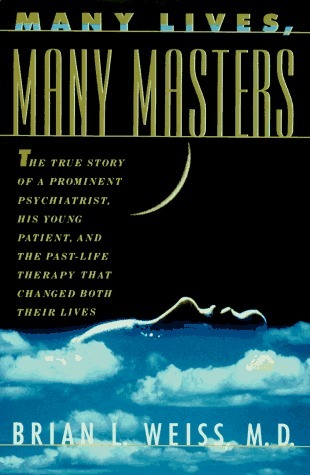Good Strategy Bad Strategy Book Summary
The Difference and Why It Matters
TL;DR
Richard Rumelt's 'Good Strategy Bad Strategy' distinguishes effective strategies from ineffective ones, offering practical tools and examples to create actionable, powerful strategies for real-world challenges.
What is Good Strategy Bad Strategy about
'Good Strategy Bad Strategy' by Richard Rumelt addresses the critical role of strategic thinking in leadership. The book delineates the characteristics of good and bad strategies, emphasizing the importance of a coherent, actionable plan to overcome challenges. Rumelt critiques common pitfalls in strategic planning, such as confusing goals with strategy and using buzzwords instead of concrete plans. He provides nine sources of power to enhance strategic thinking, illustrated with examples from various sectors, including business, military, and nonprofit organizations.
Good Strategy Bad Strategy 7 Key Takeaways
The Nature of Good Strategy
A good strategy identifies the primary challenge and devises a coherent approach to conquer it. It focuses on the critical aspects that will significantly impact the situation.
The Hallmarks of Bad Strategy
Rumelt identifies four hallmarks of bad strategy: failure to face the problem, mistaking goals for strategy, bad strategic objectives, and fluff (using jargon and vague terminology without substance).
Diagnosis
The first step in a good strategy is diagnosing the situation to understand the root problems and challenges. This step involves rigorous analysis and critical thinking.
Guiding Policy
A guiding policy is an overarching approach that addresses the diagnosed challenge. It provides direction and sets boundaries for decision-making and action.
Coherent Action
The final part of a good strategy is coherent action, which entails a set of coordinated and focused actions designed to implement the guiding policy effectively.
Nine Sources of Power
Rumelt introduces nine sources of power, such as leverage, proximate objectives, chain-link systems, and design, which are practical tools to enhance strategic effectiveness.
Real-world Examples
The book uses examples from various domains, including Apple, General Motors, and military campaigns, to illustrate the application of good and bad strategies in real-world scenarios.
Good Strategy Bad Strategy Videos
Good Strategy, Bad Strategy | Richard Rumelt - YouTube
Top Good Strategy Bad Strategy Quotes
- 'A good strategy is a specific and coherent response to—and approach for—overcoming the obstacles to progress.'
- 'Bad strategy is more than just the absence of good strategy. It grows out of specific misconceptions and leadership dysfunctions.'
Who should read Good Strategy Bad Strategy?
This book is ideal for leaders, managers, and anyone involved in strategic planning. Readers will gain practical insights into creating effective strategies that address real challenges, as well as learn to recognize and avoid common strategic pitfalls.
Good Strategy Bad Strategy Best Reviews
- 'Good Strategy Bad Strategy is a must-read for anyone in a leadership position. Rumelt's insights are deeply practical and rooted in real-world experience.' - Harvard Business Review
- 'Rumelt cuts through the noise and gets to the heart of what makes a strategy successful or doomed to fail. This book is an essential guide for strategic thinking.' - Financial Times
People also liked these summaries
Good Strategy Bad Strategy FAQs
What is the good strategy bad strategy model?
The model distinguishes between good and bad strategies. Good strategy identifies the key challenge and provides a coherent approach to overcome it, while bad strategy fails to identify the nature of the challenge.
What do you learn from 'Good Strategy Bad Strategy'?
You learn to acknowledge challenges honestly and develop actionable plans to address them. The book also helps you distinguish between meaningful strategies and superficial goals.
What are the three parts to a good strategy according to Rumelt?
Rumelt breaks strategy into three components: Diagnosis (understanding where you are and framing the challenge), Guiding Policy (the overarching approach to solving the challenge), and Coherent Action (a cohesive plan to achieve your goals).

